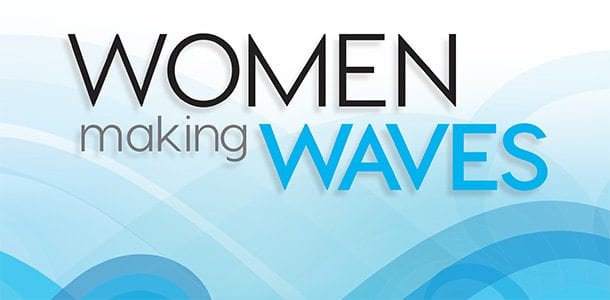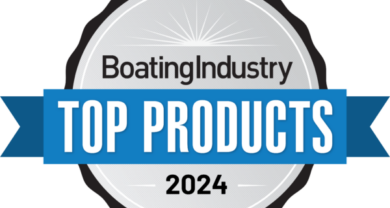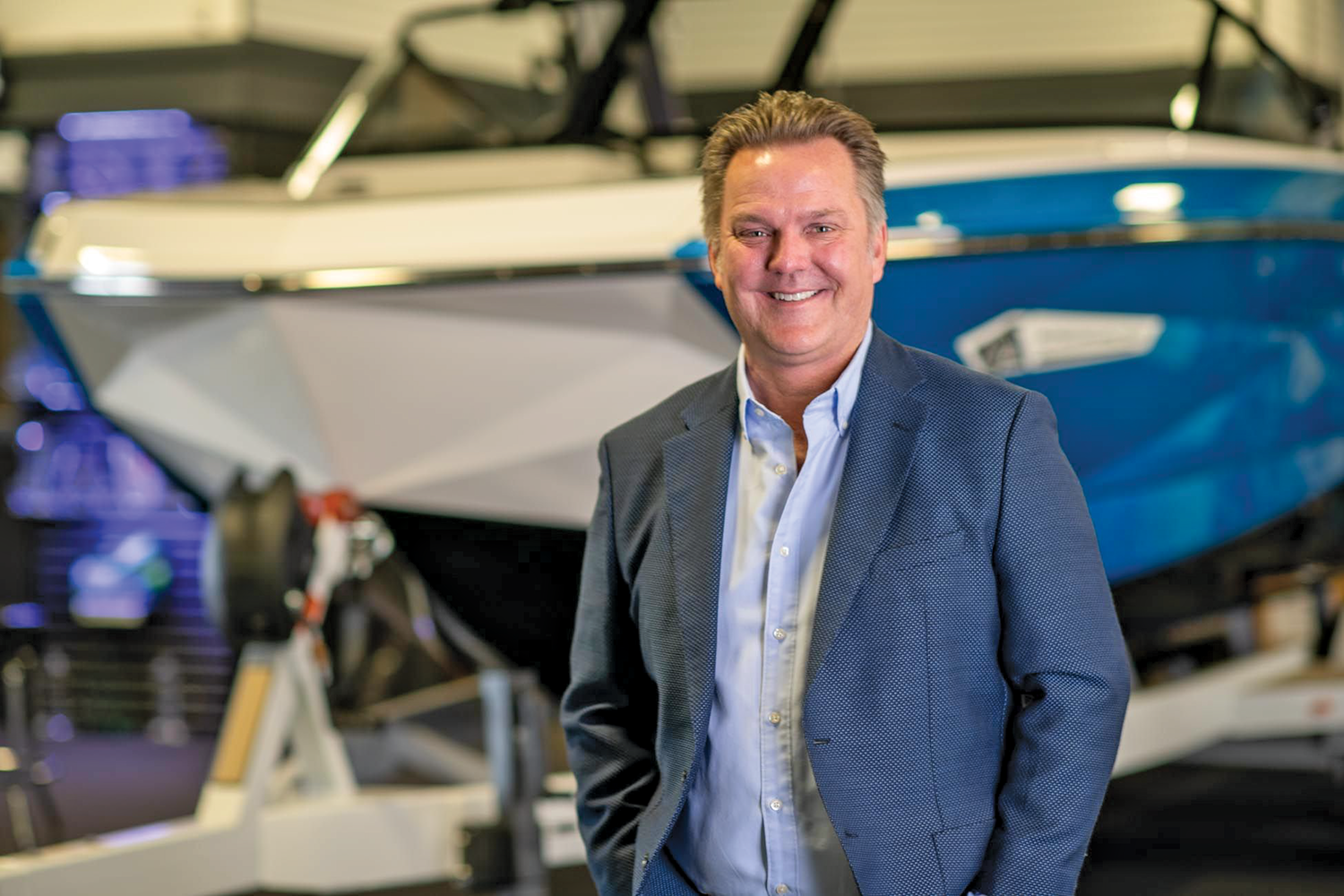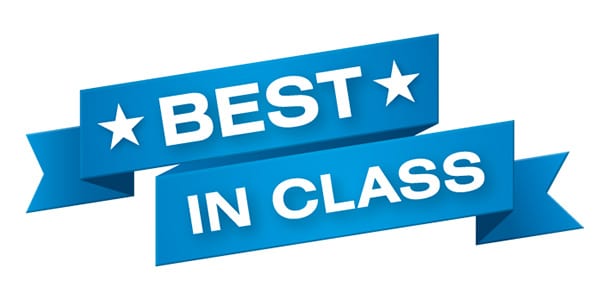How to build a top-notch sales operation

Today’s customer is a complicated individual. They are more skeptical and less impulsive, and they do more online research before purchasing than ever before. They are interested, but their lives are so busy that they can’t stay focused. They have more money than during the recession, but they aren’t sure if they want to spend it just yet. How do salespeople keep up to close the sale?
Show me the proof
Getting past the skepticism is dependent upon providing proof. There’s a difference between saying your manufacturers are the best and your customer service is top-notch, and providing specific reasons why.
“When people are shopping, they’re looking for the answer to the question ‘What is the best decision I can make?’” said Matt Sellhorst, founder of Boat Dealer Profits. “‘Because we have the best warranty,’ ‘because we have the best service,’ is meaningless, but if you just add a little bit, go another step or two to explain what you mean by that in more specific terms, I think you can overcome that skepticism a lot quicker.”
For instance, the FIVE STAR program at Springline Yacht Sales, LLC is a delivery and training service the dealership provides customers, which is similar to what most dealerships likely do these days, but is formalized and presentable to the customer during the sales process.
“It’s part of easing their fears,” said Rick Dieterich, president of Springline Yacht Sales. “Having the formalized program that we can share with somebody … is a big selling tool right upfront.”
Giving customers an opportunity to demo the boat they want to purchase is a key selling tool for proving just how the boat can benefit a family’s leisure.
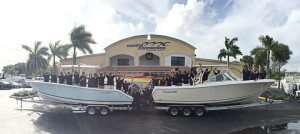
profit in the sales department.
“We make to make it easy for them to decide on [the boat]. People appreciate when they do that and they see it’s a positive effort from us, and they’re most likely to purchase a boat from us, even if they don’t purchase that boat in particular,” said John Kutuk, co-owner at Marine Connection.
Social proof also helps ease customers’ fears. After all, what our peers have to say often has more impact than what a salesperson claims. (You can read about Sellhorst and social proof in the Boating Industry 2015 Best Ideas White Paper on BoatingIndustry.com.)
Stay on their radar
So you’ve shown them proof, now your prospect wants time to think at home. That prospect is about to get busy and be hard to reach.
The answer to this problem is diligence. One follow-up is likely not enough. If you send an email, the chance of someone seeing it based on open rates is about 20 percent. Even if it is opened, there is a 50 percent chance they will actually read it. That means there is a 10 percent chance that the prospect opens your one email and reads it.
Sellhorst recommends sending 50 “contacts,” which include emails, phone calls, direct mail (depending on the quality of the lead), event invites and more. This will have an impact on that busy customer.
“You can’t be annoying. It can’t be like ‘Are you ready to buy a boat now? Are you ready to buy a boat now? How about now?’ It’s got to be interesting, it’s got to be fun, it’s got to be valuable content,” said Sellhorst. “You’ve got a much better likelihood to cut through the busy-ness of their lives and sell the boating lifestyle.”
When looking at engaging customers during the follow-up, it is important to use personalized content to get their attention. Even through automating the follow-up process, dealers can create messages that appear personal in nature.
Marine Connection uses its customer relationship management (CRM) tool to record the information of every customer that walks through the store. The salesperson notes the customer’s buying timeframe, what they looked at, what activities they want to use the boat for or even if they were “just looking.”
“We have an automated system where the salesperson will, with the click of a button, send them a thank you email that day. That way, the customer will have the salesperson’s information,” said Kutuk.
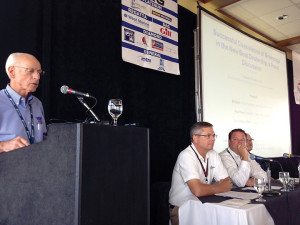
The customers are enrolled in the Marine Connection newsletter program and the dealership watches if they are clicking on and responding to the emails. It also allows Marine Connection to set reminders for the salesperson to call back within the customer’s timeframe.
“Even though these systems are great, we can only close a sale when the customer is actually in the store. The objective is to bring them back to the store,” Kutuk said, “and CRM allows us to facilitate that and allows the salesperson to organize themselves.”
People, not process
Part of what helps keep salespeople energized and able to connect with today’s prospect is constant training. Having the opportunity to build skills and learn new ideas keeps salespeople refreshed and more likely to close the sale.
At Springline Yacht Sales, Dieterich and his team attend as many seminars and conference calls as possible through the associations in which the dealership participates, such as the Yacht Brokers Association of the Americas, Sail America and more.
Association involvement “gives you connection and networking with other industry leaders. The fly-by-night guys and the guys that don’t do things right aren’t at all the conferences and training sessions, and they’re not involved in the industry associations,” said Dieterich. “It gives you an opportunity to talk with them, speak with them and find out ‘how do you handle this situation? How do you do this?’”
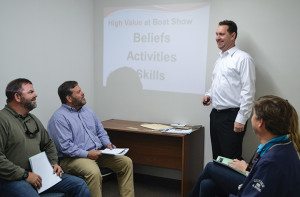 No matter what sales training you conduct or processes you implement, Sellhorst said the most successful sales department are those that focus more on the people coming to the showroom.
No matter what sales training you conduct or processes you implement, Sellhorst said the most successful sales department are those that focus more on the people coming to the showroom.
“Everything they look at is ‘how should this process be different? How can we make it easier for us internally?’ The culture that I think wins every time is a client-focused culture. When you have a client-focused culture, you can answer this question: ‘How can we deliver the best experience for our clients during the shopping process, the delivery process and the ownership stage?’” Sellhorst said. “Once your culture looks at the business that way, then everything else falls into line.”
A “necessary evil”
With the changing attitudes of prospects, are boat shows still a worthy sales tool? The short answer is yes. If you’re looking to meet people “off the street,” so to speak, you need to be at the show.
“It’s the best place to get leads. It’s the best place to display your products. It’s the best place to meet and talk to people. Because of the Internet age, people don’t walk into the showroom anymore. It’s very rare that someone is coming into this office that hasn’t already established a long line of communication with us, via email or telephone,” said Dieterich.
The trick with boat shows is to deconstruct how we see them. In the past, dealerships were closing deals regularly at the show, but that’s not happening anymore. However, it is still an essential method to allow customers to see the product and make the leap to visit the showroom.
“Even though they don’t really come in and do the paperwork at the boat show,” said Kutuk, “we see a lot of customers come back to our showroom or stores, and they usually mention what prompted [them to stop by], and people say the boat show.”
The dealership uses digital displays, comfortable lounge areas and more to create a professional-looking setup that attracts customers in and eventually leads to them visiting the store. Marine Connection won Best Boat Show Strategy for the Boating Industry Top 100 in 2013.
Dieterich agrees that the boat show is all about presentation, but not just the booth. He said the presentation of salespeople is the most important aspect of a dealership’s boat show. That means being “on” for everyone, even if those people don’t look like the typical boat buyer.
“You’ve got to remember that everybody that walks on board that boat is a potential client,” said Dieterich. “You have to be on stage for everybody. I know it’s tough, I know you’ve got to talk to 100 people to find one that really might be interested, but you’ve got to treat all 100 the same until you figure out whether they’re interested or not.”
Dieterich will, as long as there is someone else at the booth, ask salespeople to take an hour break from the booth if they are getting burned out, because he would rather have employees come back refreshed and reenergized than ignore someone who comes in because they “might be just looking.”
“That’s the best thing we can do at the shows, is really pay attention to everybody like they might buy a boat,” said Dieterich. “Don’t sit there and go on Facebook on your iPhone and watch 30 people walk by because you’re tired of talking to people. You can’t do that. You’ve got to maintain that game face and that stage presence.”
Sales aptitude
Building a top-notch sales operation starts with having the right salespeople. Hiring people with a passion for boats is a helpful start, but it does not make one automatically successful in the art of selling boats.
“You can have a great attitude, you can be positive, you can be confident and persistent, but if you just don’t have the aptitude for sales, you’re going to be miserable and you’re not going to be very successful,” said Sellhorst.
Sellhorst encourages managers to ask applicants or salespeople or existing employees to take a sales aptitude test to determine whether or not those individuals are right for the job. This will help find out information you may not be able to glean from the interview process or a “gut feeling.”
Here is a list of several sales aptitude tests you can use:
• The Rainmaker Group, Inc. (therainmakergroupinc.com/sales-personality-test)
• Asher Strategies (salesaptitudetesting.com/sales-aptitude-test)
• PsychTests (testyourself.psychtests.com/testid/2162)
• Beacon Worldwide (beaconworldwide.com/sales-knowledge-quiz)
Proof is in the product knowledge
Sellhorst says product knowledge needs to be a top priority in any sales team’s training agenda, as it helps build the proof needed to tackle the obstacles created by today’s customer.
“To get to the factory, to get the three or four key things that you have to talk about on every boat, that should just be second nature to you. You should be able to just peel those off,” said Sellhorst.
He added that product knowledge goes beyond your own brands. Salespeople need to know enough about their competition’s brands to be able to offer proof for why their own brands are better.
“You don’t want to be derogatory to any one brand, but … you’ve got to then know what the competition does that you can take advantage of,” said Sellhorst. “[You should know] ‘OK, I know when I am competing against XYZ manufacturer, here’s how they compare to our top three or four things, and I know I need to point that out.’”
Want more ideas?
Sellhorst is the author of the book “Marine Marketing Strategies” and Head Profits Coach at Boat Dealer Profits. Sellhorst was also the winner of the MDCE Best Ideas Contest, Boating Industry’s Movers and Shakers Bold Moves award, a top producing boat salesman, and a speaker and presenter at the Marine Dealer Conference and Expo.
Sellhorst has written several articles for Boating Industry to help dealers build a top-notch sales operation. From utilizing video to time management, to getting out of a sales rut, dealers will find a wealth of ideas for adding to the bottom line.
In “Are you giving your clients what they really want?” Sellhorst asserts that it is the job of business owners to deliver what the customer really wants, not just what they say they want.
“If you ask most buyers what they want when buying a boat, they’ll say, ‘we want the lowest price.’ But, is that what they really want? Certainly not. If they wanted the lowest price, they would go to Craigslist and buy the cheapest used boat they could find.
“What they truly want is to know they bought the right boat for them without over paying or being taken advantage of by the dealer. They want to make a buying decision with confidence. To know they made a smart choice that they and their friends will recognize as a smart choice.
“If that level of confidence is not present, they default to negotiating price because then, at least they can brag about getting a ‘great deal’ … or, they don’t buy at all. If you agree with that thought process, it begs the question: ‘How can we ensure our prospects have a high level of confidence in their purchase from us?’ …
“The answer is different for each business owner. For some, it leads to a guarantee. For others, it leads to a bold promise. For others, it leads to a change in sales or delivery process. And, for others still it leads to just communicating everything they already do in a more powerful and confidence building manner. Bottom line, the more you reduce the risk from the buyer’s position, the more profitable your business tends to be.”
Find more at BoatingIndustry.com/mattsellhorst.

